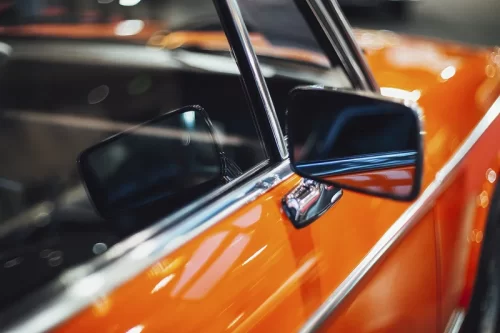
FAST FACTS Vol. 1, Issue 45 – Orange Cars
When Autumn Falls, Orange Cars Roll Out for Seasonal Sightseeing Orange you glad you checked in to read this great feature! Orange you serious? Orange
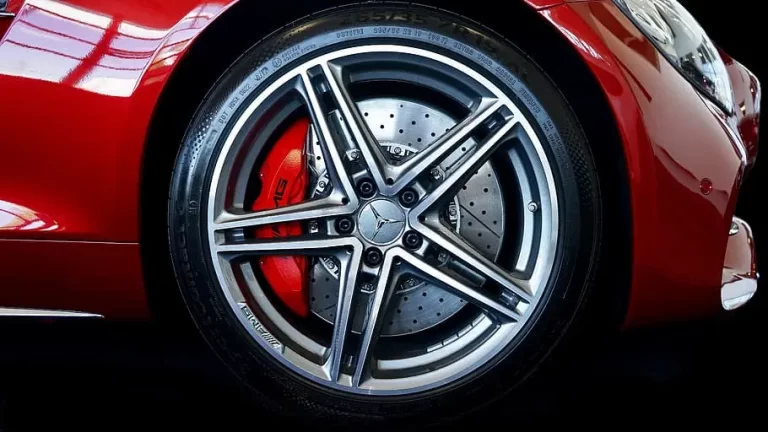
Brakes are the most essential safety system in your car, as they stop your vehicle when necessary. Production automobiles have brakes on all four wheels. Some cars have a ‘drum’ brake assembly on the back wheels, but this configuration is notably less-efficient and exists on vehicles in the lower price ranges. For this article, we’re going to discuss the more efficient disc brakes. (Motorcycles and even bicycles use disc breaks as well.)
Brakes work by clamping down a set of brake pads on each side of a brake disc. The disc, also known as the rotor, is mounted to your wheel assembly. For the most part, this whole assembly is hidden behind your wheel rim and tire.
The process by which brakes are activated is simple. While you are driving, and you want to stop, you press down on your brake pedal. This motion creates pressure in a sealed hydraulic system. This system, or circuit, consists of two redundant reservoirs called master cylinders, which are filled with non-compressible brake fluid. A network of brake lines, (metal tubes) run from the master cylinders to each wheel, where hydraulic actuators expand, clamping the brake pads against the brake disc. This pressure creates friction, which slows the spinning of the wheels, and accordingly slows the card down. (NOTE: this is the simplified explanation. Most modern cars have a multiplying mechanism that exerts exponentially-more pressure than your foot could ever exert alone.)
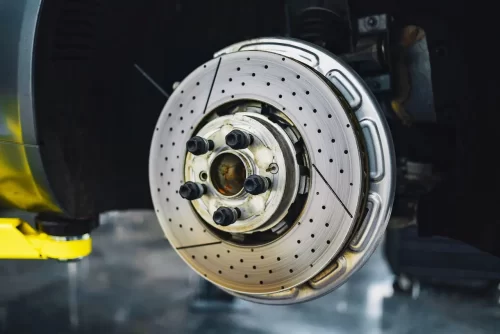 You may have heard someone say they had to “pump their brakes” to get them to work. This term relates to the loss of brake fluid in the system, usually due to a minute, slow leak. As fluid is lost, it is necessary to repeatedly pump the brake pedal to create enough pressure to actuate the brake pads. At any point that you need to do this, you should immediately bring your car to a qualified brake mechanic.
You may have heard someone say they had to “pump their brakes” to get them to work. This term relates to the loss of brake fluid in the system, usually due to a minute, slow leak. As fluid is lost, it is necessary to repeatedly pump the brake pedal to create enough pressure to actuate the brake pads. At any point that you need to do this, you should immediately bring your car to a qualified brake mechanic.
Do you hear squealing when you engage your brake pedal? While this could be a build-up of rust or oil on the brake disc and pads, it’s more likely a warning system built into your brake pads. Many manufacturers embed a metal market in the brake pad at the level where the pad has worn down enough that it is time to replace it. This metal insert creates a whistling sound when it meets the disc surface. Again, this is the time to get those brake pads replaced.
A vibration when braking, from subtle to horrible, is a potential indicator that one of your brake discs has warped. Braking creates extreme heat. But, brake system components are designed to deal with dissipating that heat efficiently. (As you can see in the photos in this article, some discs are vented, with grooves or holes milled in them, and the pads have channels in them to whisk away debris and provide air for cooling.
Brake pads wear out. Plain and simple. There are different types of brake pads with varying degrees of effectiveness and longevity. While you can certainly put the cheapest ones on your car, you probably wouldn’t put the cheapest tires on, so here’s what you need to know:
There are generally two types of brake discs, (or rotors), flat and vented. Flat discs, as the term indicates, have no special indentations or holes in the metal. While vented discs can have anything from spiraling grooves to dimples, to full-on holes bored in air-manipulating patterns. Essentially, flat discs are better for most driving because they offer a larger surface area for the pads to engage, and they are lighter. BUT, vented discs outperform flat ones in circumstances of prolonged braking, like descending a mountain incline for many miles.
What is the right brake pad for you? A quality metallic pad for sure. But in some circumstances, like you live in the snow-capped peaks of Colorado and are constantly descending for long periods of time, ceramic could be a smart investment. As they are if you do a constant amount of towing with your vehicle, or happen to have a high-performance track in your backyard. Regardless, the different variations exist for a reason. Choose wisely.
Today’s cars offer ABS as a standard feature. This technology controls the brakes and prevents them from locking up in the instance of an emergency braking situation, or simply when traveling in inclement weather. When a wheel locks up due to extreme pressure on the brake pedal, the likely result is skidding, with which comes a complete loss of control. If you haven’t skidded on an icy road yourself, you’ve probably seen a multi-car pile-up on the TV news. Anti-lock Braking Systems ensure the car comes to a gradual, but as quick as safely possible, stop. This is something that the average driver simply cannot achieve in a stressful braking situation.
If you’re brake pedal ever plunges to the floor with no apparent slowdown of the vehicle, you’re not necessarily doomed. What this indicates is that both the primary and the backup master cylinder, the brake lines, or a fitting have failed completely and you’ve lost your brake fluid.
But, while most people think the Parking Brake handle, also known as the Hand Brake, or Emergency Brake, is just for keeping your car from rolling down a hill, in an emergency, this mechanism, which is connected to the rear brakes via a high-strength cable, can, and will, slow down your vehicle with enough exerted force.
Fraser Engine Co. is NOT recommending you use your parking brake for everyday situations, but it is also referred to as the Emergency Brake for the very reason that it can be used in an emergency.
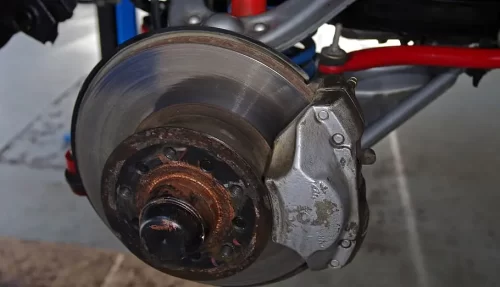
Unless you hear or feel something ‘off’ about your brakes, the garage that does your annual inspection will let you know if your brake pads need to be replaced and if a disc needs to be replaced as well. And here’s a helpful tip, not all brake pads and discs will wear down at the same rate. The calibration of your brake system may cause one wheel to work harder at braking or conversely, less. It is a general rule of thumb with disc brakes to replace both pads at the same time, but you don’t necessarily have to replace them on all four wheels.
Also, when you replace your brake pads, the garage will need to ‘turn’, or resurface the disc. This is a process of shaving the disc to a fresh, consistent, smooth surface. This ensures maximum performance of your new pads and reduces premature wear.
And, of course, there will be the need, from time to time, to replace the whole disc. Don’t cut corners. Brakes are as important to your safety as tires are. Spend the money and feel good about it.

When Autumn Falls, Orange Cars Roll Out for Seasonal Sightseeing Orange you glad you checked in to read this great feature! Orange you serious? Orange

Happy Mother’s Day! – Top-Five Minivan Must-Haves for Moms Fraser salutes all the incredible moms out there with this tribute guide to minivan bliss First,
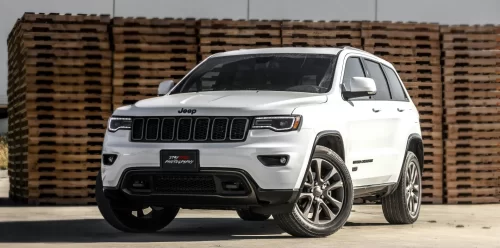
Renowned for its exceptional capability and versatility, the Jeep Grand Cherokee is suitable for a vast array of lifestyles. Whether you’re looking for a vehicle
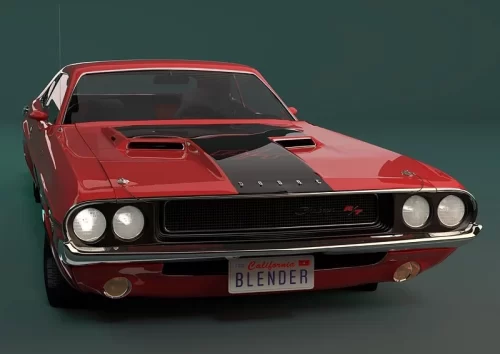
Where a 1970 Stock Challenger Took Theaters By Storm Before the days of GCI and Visual FX, real drivers beat up real muscle cars! “Honey,

Part Three of a Three-Part Series Gone are the sweeping, curvy lines. In bounces the Tumbler Introducing The Tumbler Gone are the sweeping curves of
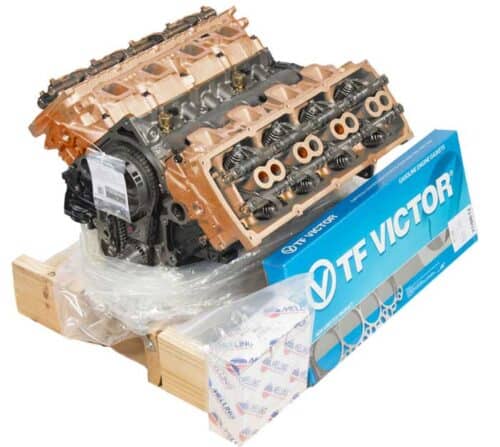
Issue 38 • Engine & Transmission Tips This is the Mopar 5.7L HEMI Magnum V-8 engine specifically remanufactured for Chrysler, Dodge, Jeep, and RAM vehicles